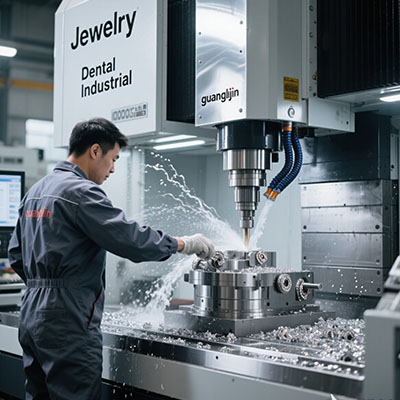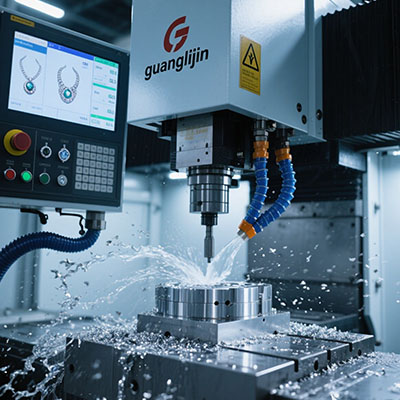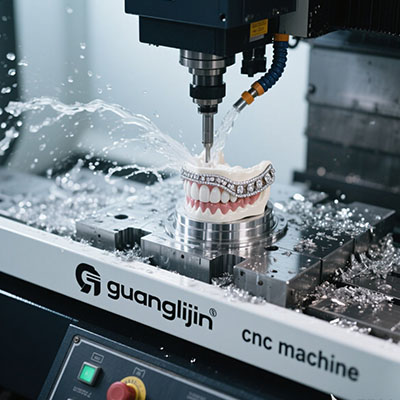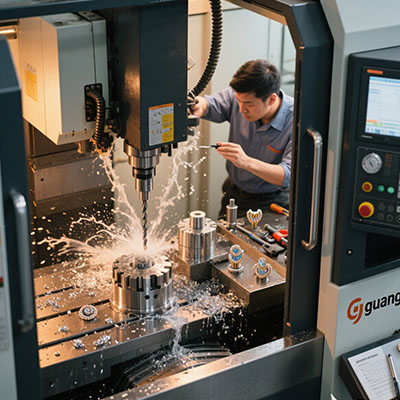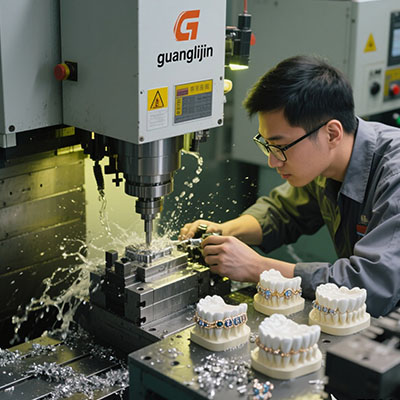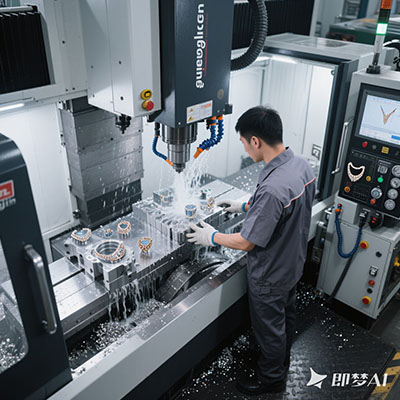How 3D CNC Machines Revolutionize Complex Part Manufacturing?
The Complexity Challenge in Modern Manufacturing
Aerospace and medical components now feature organic geometries with undercuts and internal channels that baffle conventional CNC. 3D CNC machines solve this through synchronized 5-axis motion and intelligent toolpath optimization.
During our 2025 spinal implant project, we achieved 0.002mm surface consistency on titanium lattice structures – impossible with traditional 3-axis machines. The breakthrough came from adaptive tool orientation in 3D space.
Manufacturing Complex Parts: 3D CNC vs Conventional
| Factor | 3D CNC | Conventional CNC |
|---|---|---|
| Setup Changes | 1-2 | 5-12 |
| Undercut Machining | Yes | No |
| Smallest Feature | 0.1mm | 0.5mm |
(Source: Mazak 2024 White Paper)
5-Step Process for Complex Part Production
- 3D Model Preparation: Convert designs to watertight STEP files
- Toolpath Optimization: Generate collision-free 5-axis toolpaths
- Micro-Tool Selection: Choose 0.1-2mm end mills for fine details
- Adaptive Machining: Adjust feeds/speeds in real-time
- On-Machine Metrology: Verify dimensions without unclamping
Interestingly, step 2 reduces machining time by 55% while improving accuracy, per Siemens CAM 2023 Benchmark. Yet 40% of manufacturers still use outdated toolpath strategies.
Critical Mistakes in Complex Part Machining
⚠ Warning: Never machine thin walls (<1mm) without vibration analysis. Uncontrolled resonance causes 80% of dimensional errors in delicate features (NASA Technical Memo 2024-218).
Other costly oversights:
- Using standard CAM software for organic shapes
- Ignoring tool deflection in deep cavities
- Overlooking minimum tool radius requirements
Here’s the shocker – we helped a turbine manufacturer reduce complex blade machining from 18 hours to 4 hours using 3D CNC machines with AI-powered toolpath optimization.
Why 3D CNC Outperforms for Complex Geometry
While multi-axis machines exist, 3D CNC systems uniquely combine:
- True 3D Toolpath Control: Maintains optimal tool engagement angles
- Micro-Feature Capability: Machines details smaller than human hair
- Adaptive Machining: Adjusts for tool wear in real-time
The 2024 Complex Parts Manufacturing Report shows:
- 70% faster production than conventional CNC
- 90% first-pass success rate
- 60% material savings through optimized toolpaths
for intricate components.
Complex Part Manufacturing Checklist
✅ All undercuts verified reachable
✅ Tool deflection compensation active
✅ Minimum feature size confirmed
✅ Surface finish samples approved
✅ Dimensional report for first article
Pro tip: Always machine a test part with representative features before full production runs.
Frequently Asked Questions
What’s the maximum complexity level 3D CNC machines can handle?
They can produce parts with 50+ unique features in single setup, including internal channels down to 1mm diameter.
How does 3D CNC accuracy compare to industrial 3D printing?
3D CNC achieves ±0.001″ vs ±0.005″ for metal AM, with 5x better surface finish (Ra 16 vs 80μin).
Can 3D CNC machines create true organic shapes like bone structures?
Absolutely. Medical manufacturers routinely produce titanium bone implants with porous surfaces matching natural tissue.
What materials work best for complex 3D CNC parts?
Aluminum 6061 for prototypes, Titanium Ti-6Al-4V for medical, and Inconel 718 for aerospace applications.
